Papillomas on the neck do not cause noticeable discomfort, but they detract from the appearance. These neoplasms grow when the human papillomavirus (HPV) enters the body. The only exception is the growths, which are often damaged. To eliminate papillomas in the neck, specialized intervention (most often surgical) will be necessary.
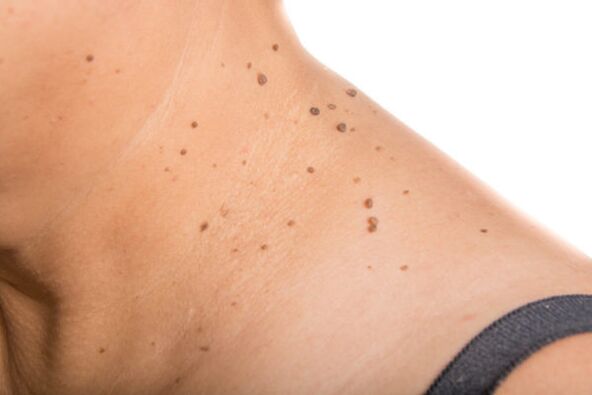
Causes
Papillomas are benign neoplasms that result from HPV infection. Doctors isolate more than a hundred viruses that can cause these tumors to appear in the body. Small sized hanging warts usually appear on the neck, reaching 2-3 cm in diameter.
Human papillomavirus infection occurs through direct contact with an HPV carrier. It is also possible to transmit the pathogen through personal hygiene items or clothing. The virus can enter the child's body in the uterus or during childbirth.
The probability of papillomas directly depends on the state of immunity. With a weakened body defense, the first growths appear several days after infection.
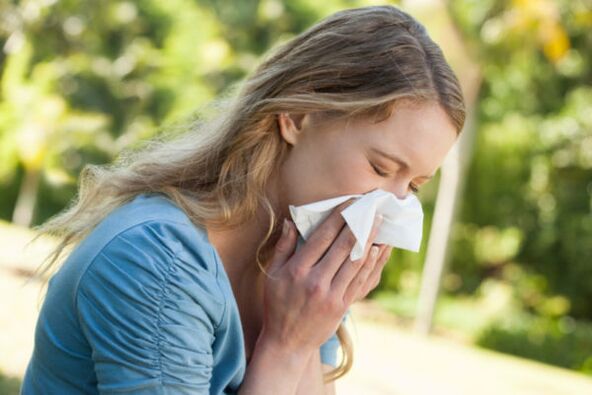
The reasons for the appearance of neoplasms in the neck include:
- frequent damage to the skin epithelium;
- Allergic reactions;
- severe stress;
- respiratory diseases, helminth invasions;
- long-term use of multiple medications;
- overweight;
- bad habits;
- non-compliance with hygiene rules.
In women, hormonal imbalance during pregnancy, during menopause or due to the use of contraceptives is considered one of the common causes of growth formation.
If small tumors appear in the neck, specialized treatment is often not necessary. In the absence of exposure to provocative factors, these warts disappear without external intervention within three years.
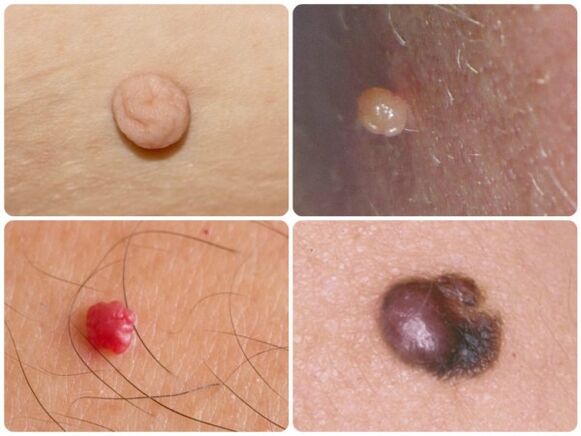
Types and Symptoms
Of all types of papillomas in the neck, growths of the following types appear:
Most papillomas are single. However, in the case of damage to the affected area or in the context of a strongly weakened immunity, the virus spreads to new areas, which leads to the appearance of multiple neoplasms.

The growth of papillomas is not accompanied by severe symptoms. In rare cases, virus activity causes:
- itch;
- Burning;
- ache.
When the problem area is injured, the affected areas begin to bleed.
possible consequences
Complications caused by papillomavirus activity are often caused by the actions of the infected person. Frequent injury for causes of growths:
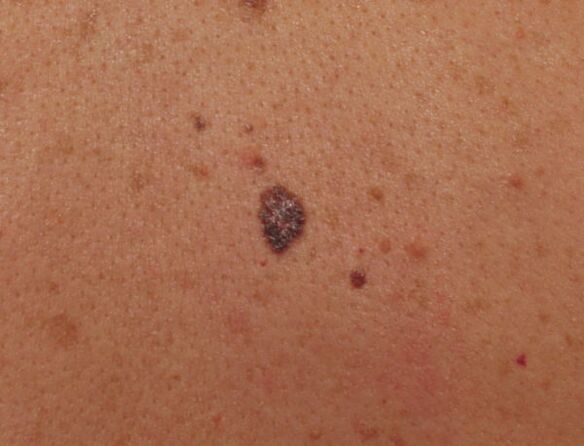
Neck papillomas are most often exposed to external influences, resulting in the formation of open sores on the skin. Because of this, the affected area is usually infected with pathogenic bacteria, which leads to inflammation and suppuration of the epidermis.
Therefore, if the wart disappears and bleeding starts in the problem area, it is necessary to treat the damaged skin with an antiseptic composition and close it with a bactericidal bandage. Also, it is recommended to consult a dermatologist within two to three days to rule out the likelihood of complications.
Diagnosis
Papillomaviruses cause characteristic growths. However, in some cases, it is not possible to differentiate warts from other similar neoplasms.
To exclude other diseases that manifest in the form of skin rashes, the following diagnostic measures are performed:
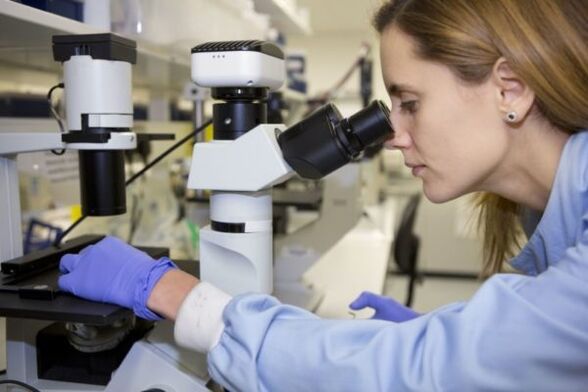
The Digine test is considered more effective. This method is highly sensitive and provides information on the presence of the papillomavirus, the strain of infection and the degree of oncogenicity.
Therapeutic Techniques
To remove papillomas on the neck, you need to consult a dermatologist. It is not recommended to be independently involved in the removal of skin neoplasms. This is especially true in cases of multiple tissue damage, which indicates a state of immunodeficiency.
In the treatment of papillomavirus, hardware and drug techniques are used. The latter deal well with small-sized single growths.
drug therapy
Drug therapy is mainly performed using topical preparations.
To quickly remove warts from the neck, you can use special drugstore products.
The use of medications does not always help to eliminate papillomas. Furthermore, this method of treatment does not exclude the possibility of neoplasms arising in the same location.
Hardware Techniques
To remove papillomas from the neck, the following hardware removal techniques are used:
In rare cases, removal of the tumor from the neck is done with surgery.
ethnoscience
Home treatment can be done with folk remedies. They help to remove not only the smallest tumors, but they are also effective in fighting large tumors.

Dealing with papillomas on the neck will help:
- olive oil or castor oil. With this tool, it is necessary to lubricate problem areas several times a day;
- apple cider vinegar or ammonia. Any of these funds must first be applied to a cotton swab and applied for a few minutes into the accumulation. The procedure must be performed at most once a day;
- aloe juice. They need to soak a cotton swab, which is applied to problem areas and held for 4-5 hours;
- tea tree oil. Just apply two drops of the product daily on neoplastic skin;
- celandine tincture. To prepare it, you will need to mix the plant juice with water in equal proportions. The product is infused for two weeks in a dark place. The resulting medicine should be drunk every day, 15 drops.
Regardless of the method chosen to fight the papillomavirus, treatment must be complemented with measures aimed at strengthening immunity. For this, it is recommended to take vitamin complexes and immunomodulators. From traditional medicine, decoctions of herbal preparations of lemon balm, banana, dandelion root and other plants help to strengthen the immune system.
Prophylaxis
It is very difficult to prevent human papillomavirus infection. But if you follow the prevention rules, you can prevent the appearance of neoplasms in the body. This requires:
- wash your hands and body daily;
- Healthy food;
- treat illnesses in a timely manner;
- refuse from bad habits;
- lead an active and healthy lifestyle.
If warts appear on the neck, it is recommended that you be examined by a physician to exclude malignant neoplasms. It is imperative to consult a dermatologist if the wart has changed color or if multiple growths appear on the skin.























